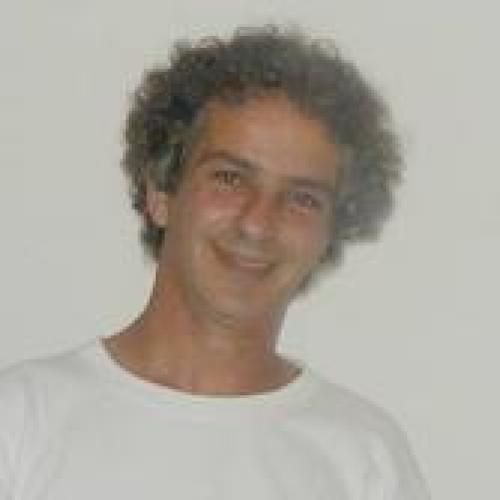Overview
My research is in String Theory, the most ambitious attempt yet at a comprehensive theory of the fundamental structure of the universe. In some (rather imprecise) sense, string theory replaces the particles that form the fundamental building blocks for conventional theories (the fields, or wave phenomena, we observe are obtained starting from particles when we apply the principles of quantum mechanics) with objects that are not point-like but extended in one dimension – strings. At present, the theory is not precisely formulated, as we still seek the conceptual and technical tools needed. The structures we do have in hand suggest that, when formulated precisely, the theory will provide a consistent framework encompassing the two greatest achievements of twentieth century theoretical physics: Einstein’s general theory of relativity, which describes gravitational forces objects in terms of deformations of the geometry of spacetime; and quantum mechanics, a model of fundamental physics in which microscopic objects exhibit the properties of particles under some circumstances and those of waves under others. Both of these theories have been tested with extraordinary precision and yield predictions that agree with our observations of the physical universe. Relativistic effects are manifest at the largest scales in the universe, in the interactions of stars, galaxies, etc. The differences between a quantum mechanical description and a classical nineteenth century description of these objects are so small they can be neglected. Quantum effects dominate at the smallest scales – atoms and their constituents. In this realm, the effects of gravitation can be completely neglected. And yet, under extreme conditions of density, such as may obtain in the final instant of the evaporation of a black hole, both kinds of effects are important. A universal theory of physics thus requires a consistent quantum theory of gravity. Thus far, string theory is the most promising candidate for producing such a theory. Investigations of this theory have already yielded rich insights, and continue to produce more.
My own research centers on the crucial role played in the theory by geometric structures. There is an obvious role for geometry in a theory that incorporates gravitation, which as discussed above is tantamount to the geometry of spacetime. Related to this are several other, less obvious, geometric structures that play an important role in determining the physics of the theory. Indeed, advances in mathematics and in the physics of string theory have often been closely linked. An example of how the two fields have interacted in a surprising way is the ongoing story of mirror symmetry.
Current Appointments & Affiliations
Professor of Physics
·
2014 - Present
Physics,
Trinity College of Arts & Sciences
Professor in the Department of Mathematics
·
2014 - Present
Mathematics,
Trinity College of Arts & Sciences
Education, Training & Certifications
Harvard University ·
1991
Ph.D.
Harvard University ·
1988
M.A.

